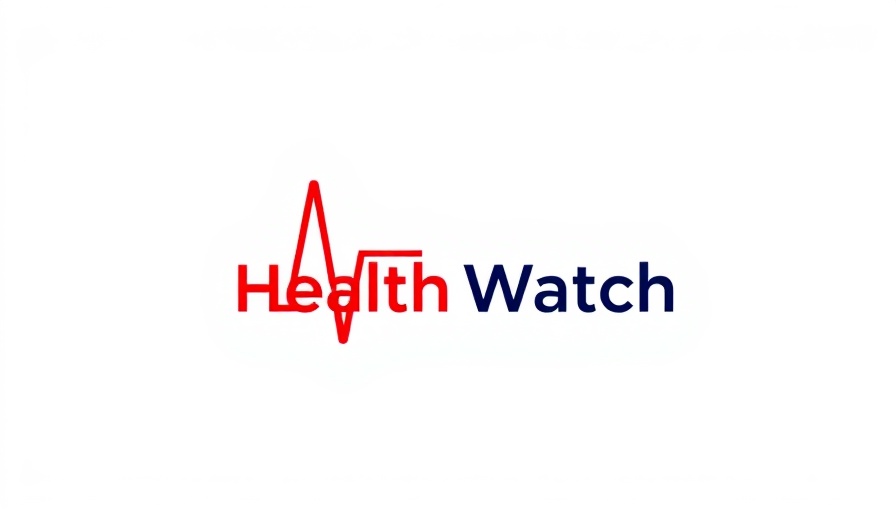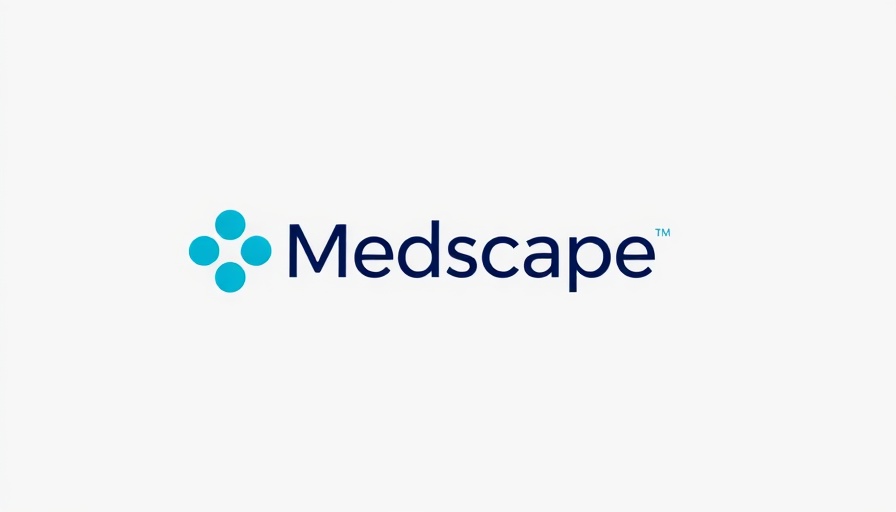
Improving Eye Health: Why Women's Access to Care Matters
Eye disease is a hidden risk that often affects women disproportionately. Statistics show that women are more likely to develop certain eye conditions such as age-related macular degeneration and glaucoma. However, a significant factor that can help mitigate these risks is improved access to eye care services. With the right healthcare opportunities, women can better manage their eye health and prevent diseases before they become debilitating.
Barriers to Accessing Eye Care for Women
Despite advancements in medical technology and awareness of eye diseases, many women still face barriers to accessing the healthcare they need. These barriers include socioeconomic factors, lack of insurance, and insufficient knowledge about the importance of regular eye exams. An alarming number of women fail to seek routine eye care only because they believe their vision is adequately functioning. However, many eye diseases develop silently and without noticeable symptoms until significant damage occurs.
Success Stories: Where Access Has Improved
In areas where community outreach programs have been introduced, there have been notable improvements in women's eye health. For instance, programs providing free eye tests and education about the importance of regular check-ups have successfully increased the number of women seeking eye care. These initiatives have been instrumental in early detection and treatment of eye diseases, ultimately reducing complications. By removing obstacles to access, communities are recognizing the need for a proactive approach to women’s eye health.
The Role of Education in Eye Health Promotion
Education plays a key role in improving eye health among women. Awareness campaigns can inform women about the signs and symptoms of common eye diseases, encouraging them to prioritize regular check-ups. For instance, initiatives that partner with local organizations to host informational sessions or distribute educational materials have proven effective. These resources help demystify eye health for women and empower them to take charge of their vision.
Future Predictions: Will Access Continue to Improve?
Looking ahead, the trend towards improved access to eye care for women appears promising. As telehealth services expand, women in remote areas will increasingly find it easier to consult eye care professionals without the need for long travel. This trend will also cater to those who juggle multiple responsibilities and might struggle to attend traditional office appointments. Furthermore, with ongoing advocacy efforts aimed at addressing insurance inequities, we may see continued improvements in coverage and access, resulting in better overall eye health for women.
In Conclusion: Empowering Women to Protect Their Eyes
Improving access to eye care is not just a healthcare issue—it's a matter of empowering women to take charge of their health. By advocating for accessible services and prioritizing education about eye health, we can significantly reduce the risk of debilitating eye diseases among women. It's vital that we continue to support initiatives aimed at reducing barriers to care so that future generations of women have healthier eyes and brighter futures.
 Add Row
Add Row  Add
Add 




Write A Comment